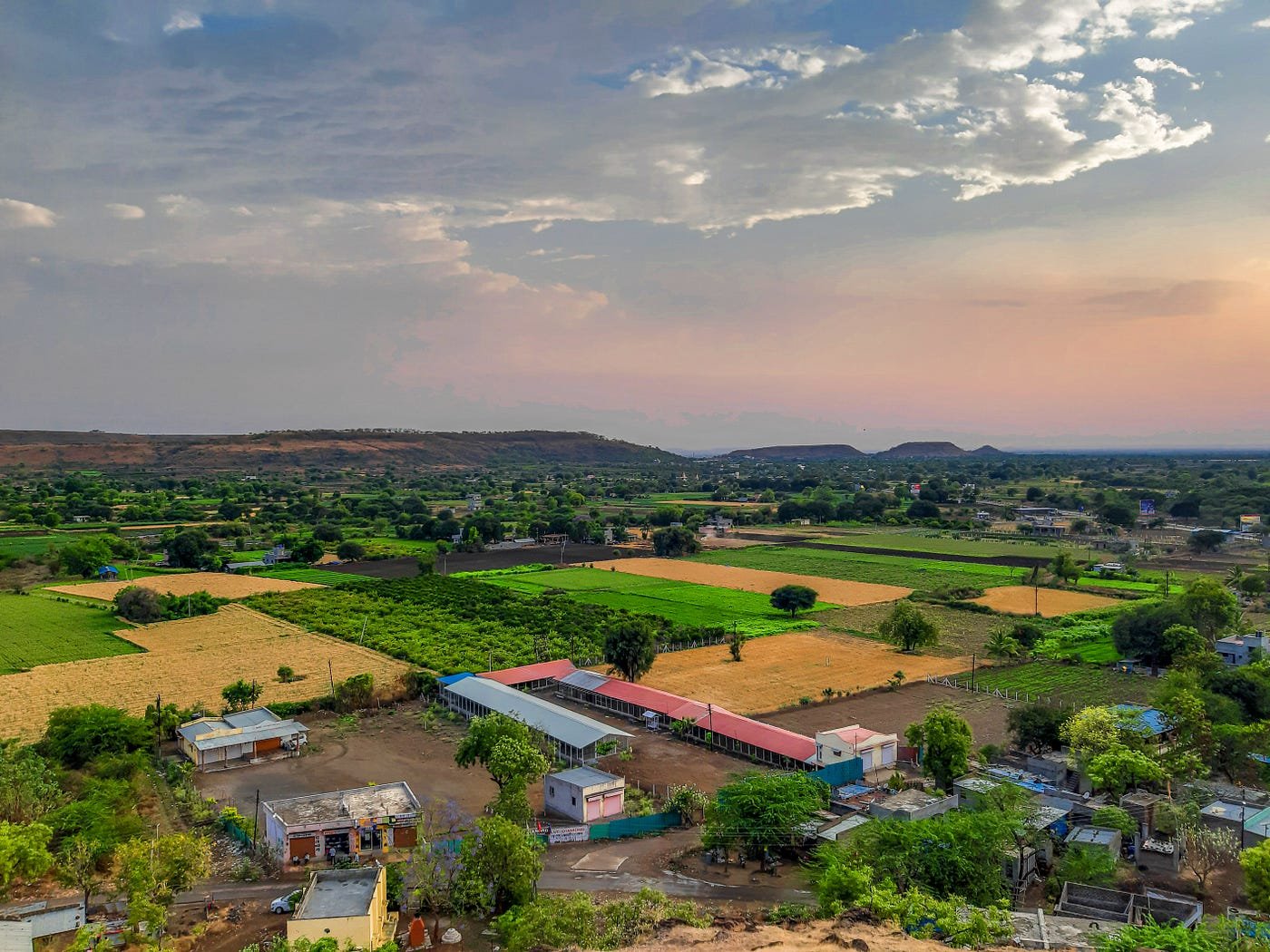
Exploring the Village Lifestyle: A Closer Look at Simple Living
Life in a village often carries a unique charm that stands in contrast to the hustle and bustle of city life. The fresh air, peaceful surroundings, and slower pace make village living a preferred choice for many people who seek simplicity and connection with nature. But what exactly defines the “village lifestyle”? How is it different from urban living? In this article, we will take a deep dive into the village lifestyle and explore why it remains such an attractive way of life for so many people.
1. Introduction to Village Life
Village life embodies a way of living that is deeply rooted in simplicity, tradition, and nature. Unlike city life, where modern conveniences and fast-paced routines dominate, villages offer a peaceful retreat. The serenity found in rural areas makes them ideal for those who wish to escape the chaos of urban environments. With a smaller population, close-knit communities, and abundant natural beauty, village living is not just a way of life but a mindset. People in villages often live closer to nature, fostering a connection with the land and a slower, more reflective lifestyle.

2. Community and Relationships
One of the most significant aspects of village life is the strong sense of community. Villagers know each other well and share strong bonds. Unlike cities, where people may not even know their neighbors, in a village, everyone is interconnected. People gather for festivals, share meals, and support one another through both good and challenging times.

Villagers often collaborate in their daily activities, such as farming, house construction, or even celebrations. This sense of togetherness promotes a feeling of security, belonging, and mutual respect. In villages, relationships are built on trust and shared experiences, making the social fabric stronger and more intimate.
3. Connection with Nature
Living in a village provides an intimate connection with nature. Surrounded by fields, forests, and rivers, villagers experience the changing seasons up close. Whether it’s the scent of fresh soil after the first rains or the golden hue of harvest-ready crops, nature is an ever-present companion in rural life.
Villagers often rise with the sun and go to bed early, in tune with the natural rhythm of the day. Many families have home gardens where they grow vegetables, fruits, and flowers. This connection with nature not only provides sustenance but also instills a deep sense of appreciation for the environment and its cycles.

4. Self-Sufficiency and Agriculture
Agriculture is the backbone of many villages around the world. Most villagers engage in farming, and many households produce their own food. Whether it’s growing crops, raising livestock, or producing dairy, village life revolves around self-sufficiency.
In a world increasingly dominated by processed foods and supermarkets, villages are a reminder of the value of growing one’s food. Farmers take pride in their hard work and patience as they nurture crops from seeds to harvest. This self-sufficient lifestyle also promotes a sustainable way of living, reducing dependency on external resources.
5. Traditional Customs and Values
Village life is often steeped in tradition and cultural heritage. Many of the customs passed down through generations are still observed today, especially during festivals, weddings, and religious ceremonies. These traditions play an essential role in maintaining the cultural identity of the village.
Respect for elders, hospitality towards guests, and adherence to traditional values are prominent features of village life. The customs often vary from one village to another, but they all emphasize communal harmony and respect for the land and each other.
6. Health Benefits of Village Living
Village living is not just peaceful—it can also be healthier. The natural environment, away from pollution and noise, offers clean air and a more relaxed atmosphere. Villagers tend to lead more physically active lives, often walking or cycling as part of their daily routine.
Moreover, the organic food grown in villages, free from harmful pesticides and chemicals, provides better nutrition. Fresh milk, homegrown vegetables, and locally sourced grains form the staple diet of most rural communities. The combination of physical activity, healthy eating, and reduced stress levels contributes to better overall health in village settings.
7. Challenges of Village Life
Despite the beauty and benefits of village life, there are challenges too. Limited access to modern amenities like healthcare, education, and employment opportunities can make life difficult. Roads may be unpaved, and internet connectivity can be unreliable. Additionally, the lack of higher educational institutions forces many young people to move to cities for better opportunities.
The slower pace of village life, while appealing to some, may feel isolating to others who are used to the dynamism of urban environments. Balancing tradition with modernization is another challenge faced by many villages today.
8. Village Life vs City Life
When comparing village life to city life, the differences are stark. While cities offer modern conveniences, bustling economies, and entertainment options, they often lack the calm and serenity found in villages. Urban life can be fast-paced and stressful, with crowded streets, noisy environments, and longer working hours.

On the other hand, village life offers a peaceful retreat with a greater sense of community and connection to nature. However, it also requires sacrifices in terms of access to modern facilities. The decision between village and city life ultimately depends on one’s priorities: whether they value simplicity and tranquility or convenience and opportunity.
9. The Future of Village Living
With the rapid advancement of technology and globalization, village life is also evolving. Rural areas are becoming more connected to the rest of the world, thanks to better infrastructure, internet access, and mobile communication. However, the challenge is to preserve the essence of village life while embracing modernization.

Sustainable development models are being introduced to villages to ensure that they can thrive without sacrificing their traditional way of life. Renewable energy, organic farming, and eco-friendly tourism are some of the ways in which villages can maintain their unique identity while adapting to modern times.
10. Conclusion: Embracing Simplicity
Village life represents the ultimate escape from the complexities of the modern world. It’s a lifestyle that values simplicity, connection with nature, and strong community ties. While it comes with its own set of challenges, the rewards of peaceful living, health benefits, and close relationships are undeniable.
As the world continues to evolve, the village lifestyle serves as a reminder of the beauty of simplicity and the importance of staying grounded in tradition while embracing change.







